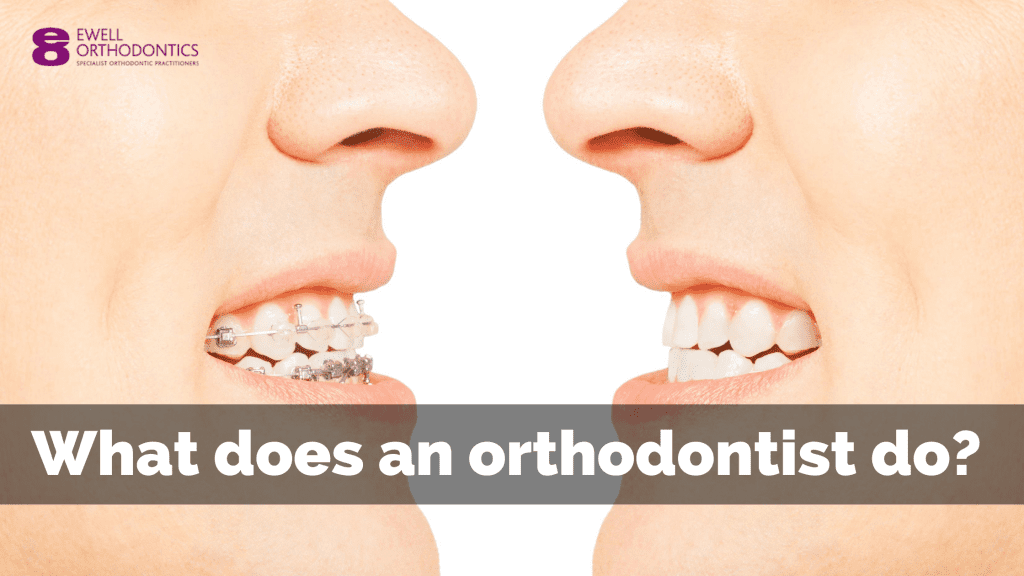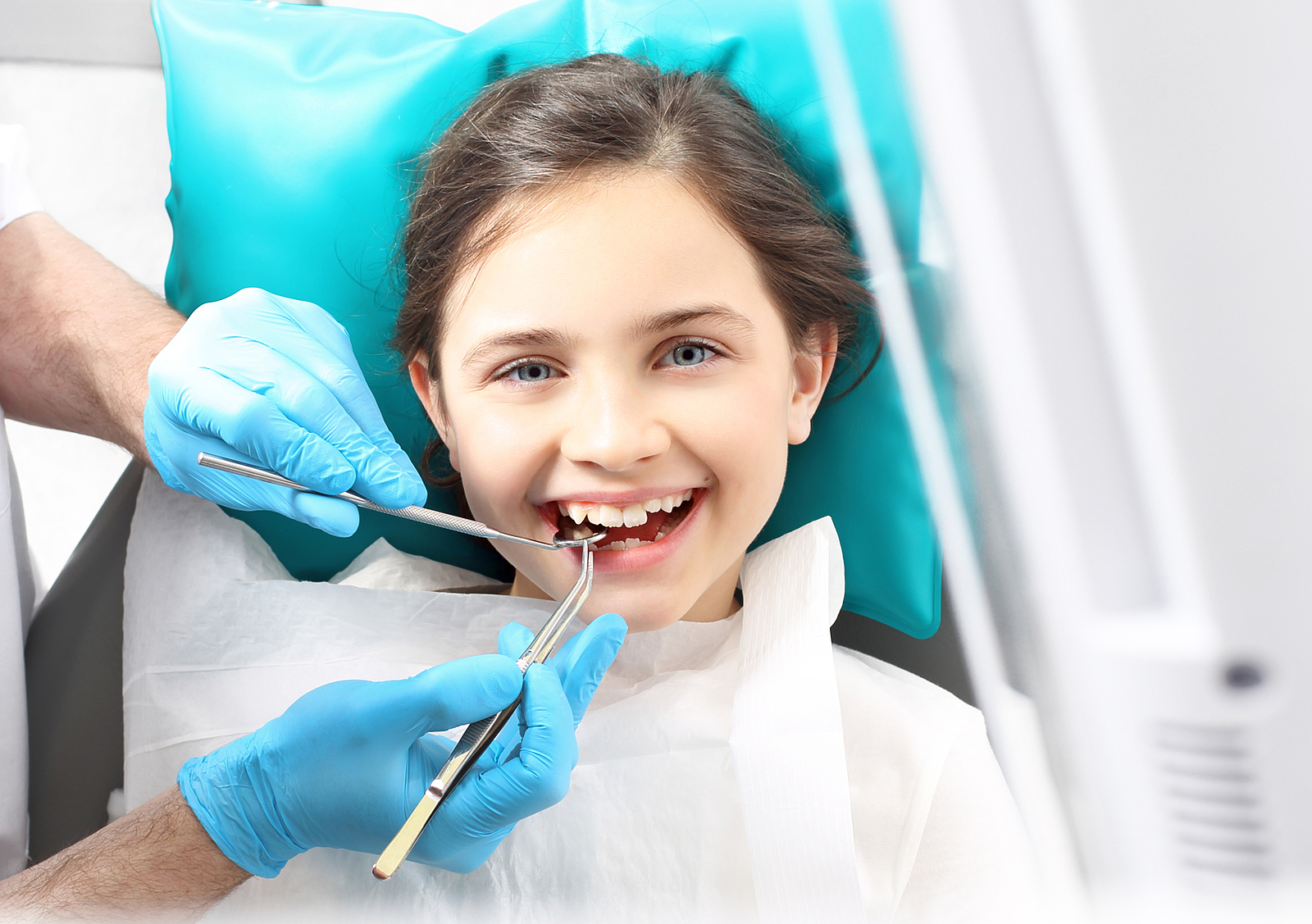Not known Details About Legacy Orthodontics
Table of ContentsThe Basic Principles Of Legacy Orthodontics The Best Guide To Legacy OrthodonticsThe Legacy Orthodontics StatementsThe Basic Principles Of Legacy Orthodontics Indicators on Legacy Orthodontics You Should Know
In addition, we offer flexible therapy schedules, versatile repayment options and an enjoyable, satisfying experience.An orthodontist is a dentist educated to diagnose, avoid, and treat teeth and jaw abnormalities. Orthodontists work with individuals of all ages, from kids to grownups.
Malocclusion, or misaligned teeth, can result in oral issues, including dental cavity, gum tissue condition, and hard or unpleasant eating. Not everybody is birthed with straight teeth. If you have a negative bite or large spaces in between your teeth, you may desire to seek advice from a dental expert concentrating on orthodontic treatment.
Rumored Buzz on Legacy Orthodontics
( Image Credit Scores: DigitalVision/Getty Images) Orthodontists use taken care of and removable oral devices, like braces, retainers, and bands, to transform the setting of teeth in your mouth. Orthodontic treatment is for dental irregularities, including: Crooked teethBite problems, like an overbite or an underbiteCrowded teeth or teeth that are also far apartJaw misalignmentThe objective of orthodontic treatment is to improve your bite.
While you may believe of orthodontists as mostly for youngsters or young adults that need braces, they can remedy oral issues at any age. Orthodontists go to college, dental institution, and orthodontic school.
All orthodontists are dentists, yet not all dental practitioners are orthodontists. Orthodontic residency programs offer extensive, focused guideline for dental professionals. They concentrate on two locations: How to properly and securely move teeth How to properly lead growth in the teeth, jaw, and faceOnce an orthodontist has actually completed training, they have the option to come to be board accredited.
Some Known Factual Statements About Legacy Orthodontics
Malocclusion leads to tooth overcrowding, an askew jaw, or uneven bite patterns. Malocclusion is generally treated with: Your orthodontist attaches metal, ceramic, or plastic square bonds to your teeth.
Some people need a headwear to aid relocate teeth into line with stress from outside the mouth. A retainer is a custom tool that keeps your teeth in location.
They can create extra space in the mouth without having to pull teeth. Orthodontists use cables, surgical screws, or plates to support your jaw bone.
You may need to see an orthodontist if you have: Crowding or not sufficient space for all of your teethOverbite, when your top teeth come your base teethUnderbite, when your bottom teeth are as well much forwardSpacing or concerns with gapsCrossbite, which is when your top teeth fit behind your base teeth when your mouth is closedOpen bite or a vertical space between your front bottom and upper teethMisplaced midline, when the facility of your base and top teeth do not align Dealing with an oral malocclusion can: Make attacking, eating, and talking easierImprove the balance of our face and your total appearanceEase discomfort from temporomandibular joint conditionsDifferent your teeth and make them easier to clean, aiding prevent tooth degeneration or cavities It's frequently a dentist that initially notices misaligned teeth during a routine test.
The Single Strategy To Use For Legacy Orthodontics

During your first orthodontic assessment, you'll likely have: An oral examPhotos taken of your face and smileDental X-raysPanoramic (360 level) X-rays of your face and headImpressions to develop molds of your teethThese tests will certainly aid your orthodontist recognize exactly how to proceed with your treatment. orthodontist. An orthodontist is a dental professional that's had training to treat your teeth and jaw
An orthodontist is concentrated on your bite, so something like a damaged tooth would be taken care of by a dental practitioner. Orthodontists are concentrated on your bite, or the method your teeth fit with each other, and the straightness of your teeth.
Ever before wondered how stars always seem to have perfectly straightened teeth? Orthodontists are oral experts who focus on remedying irregularities in the teeth and jaws.
The Definitive Guide to Legacy Orthodontics

While braces are the most frequently identified orthodontic therapy, orthodontists have a varied toolkit at their disposal. The details approach chosen relies on the extent of the situation, the patient's age, and individual preferences. These reliable braces utilize a system of brackets bound to the teeth and attached by cables.
Clear aligners, like Invisalign, are a popular alternative for patients seeking an extra very discreet therapy option. These removable trays are tailor-made to considerably shift the teeth's setting. Headwear may be used find this in conjunction with braces or aligners to apply added targeted forces, particularly for correcting jaw disparities. In situations of narrow jaws, palatal expanders can be made use of to create room for appropriate tooth positioning.